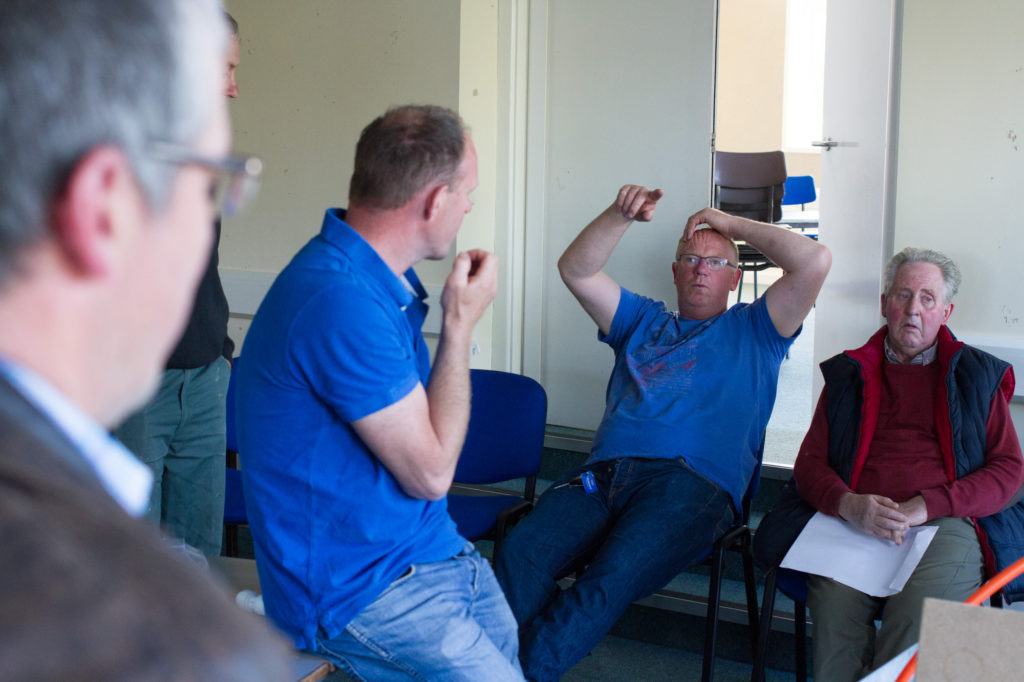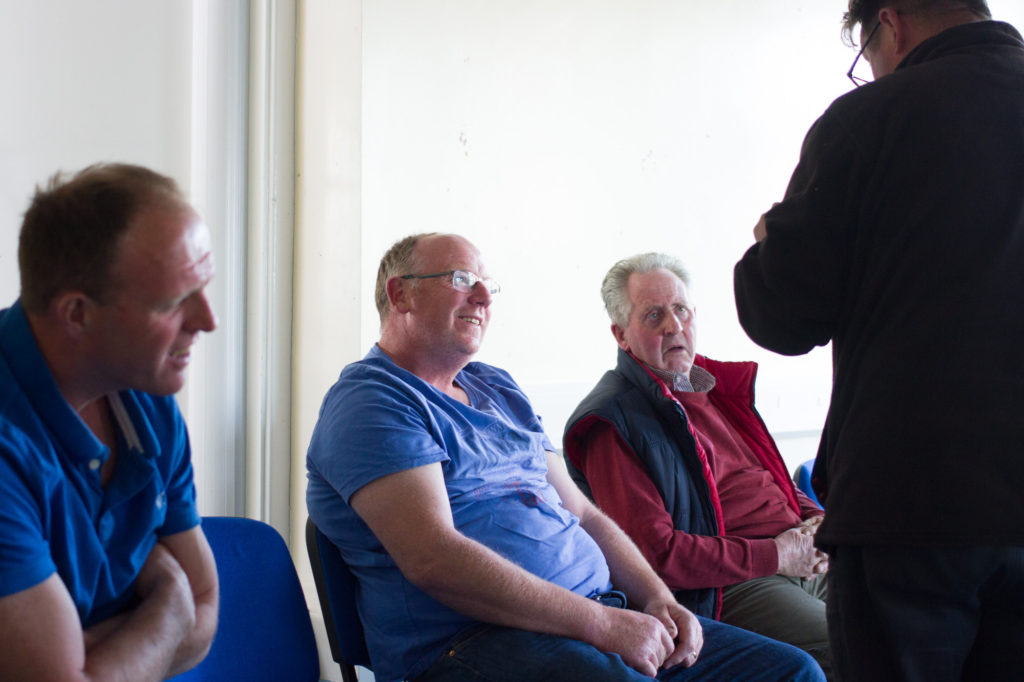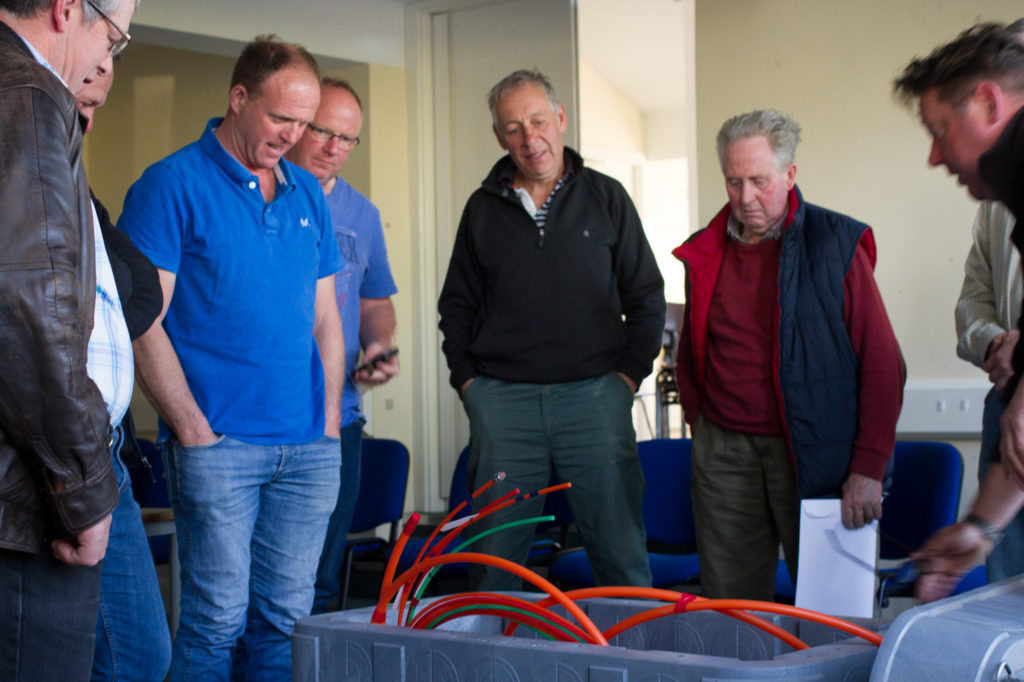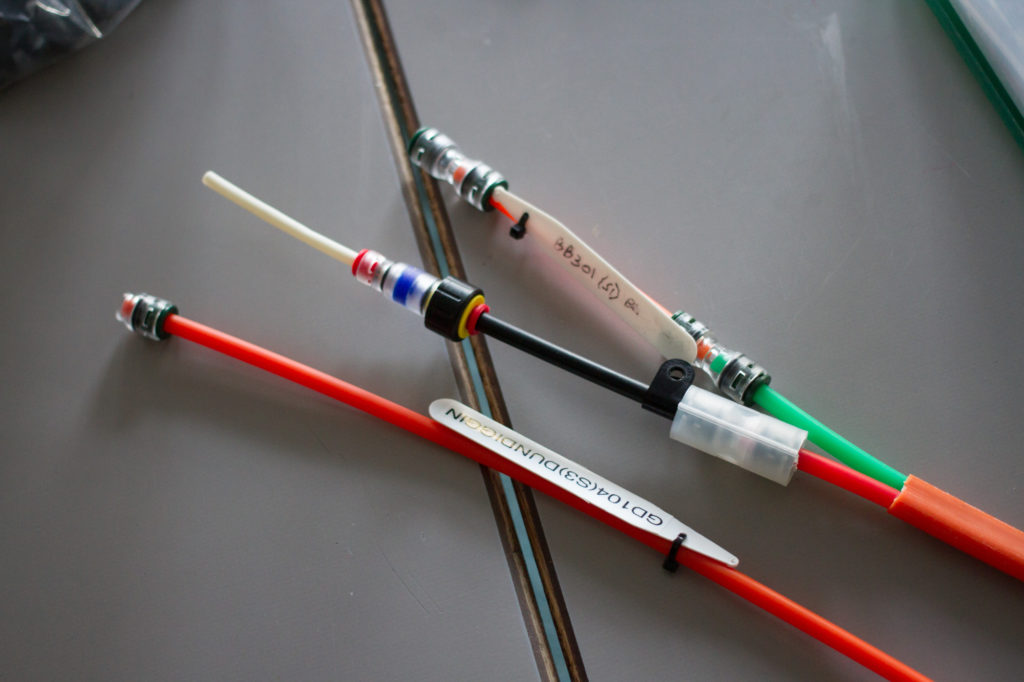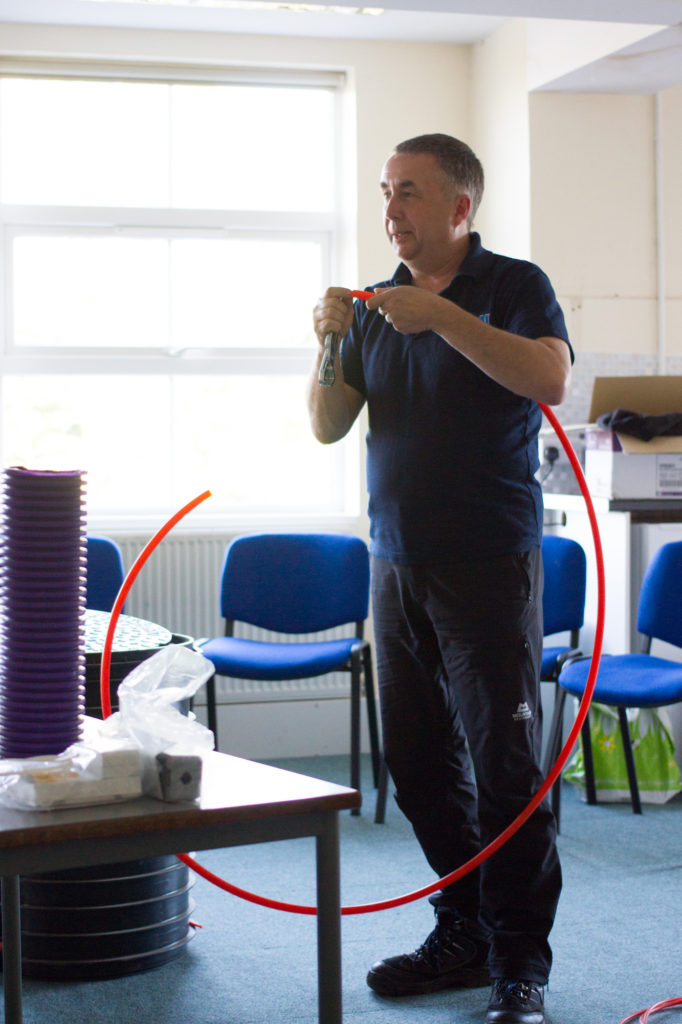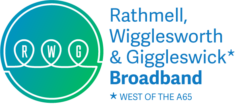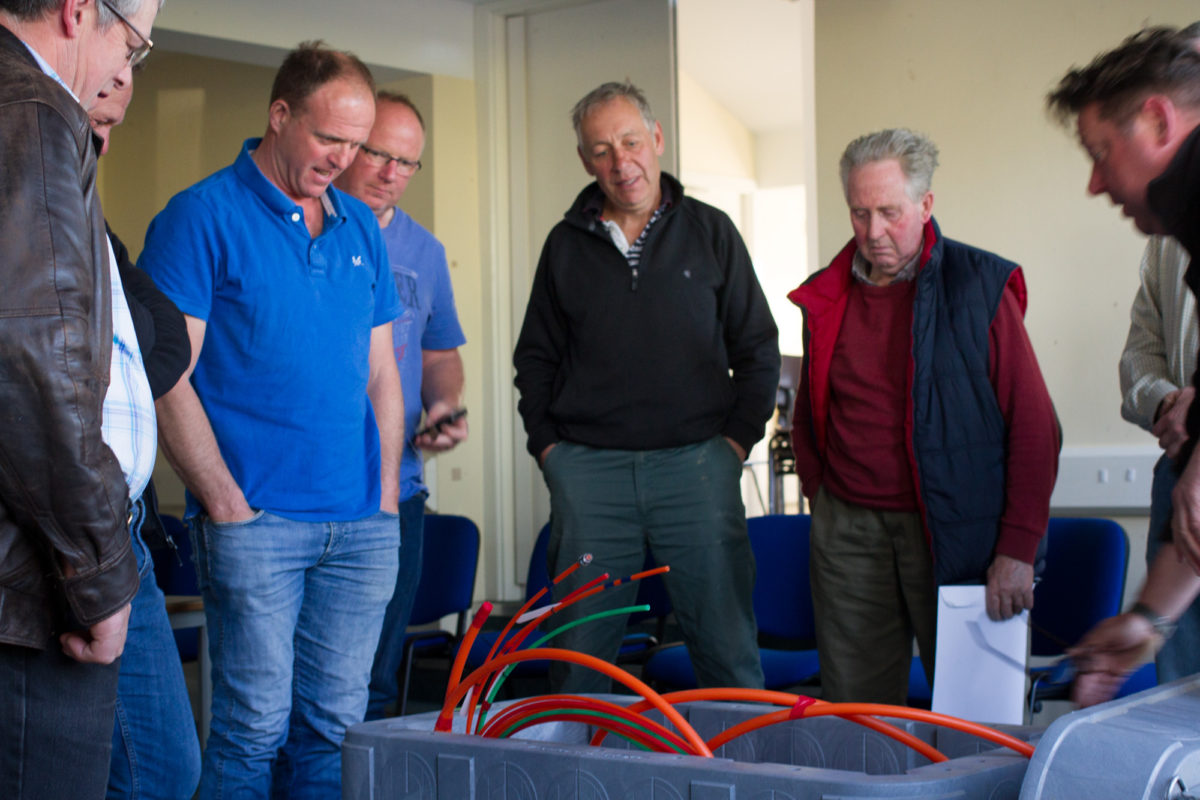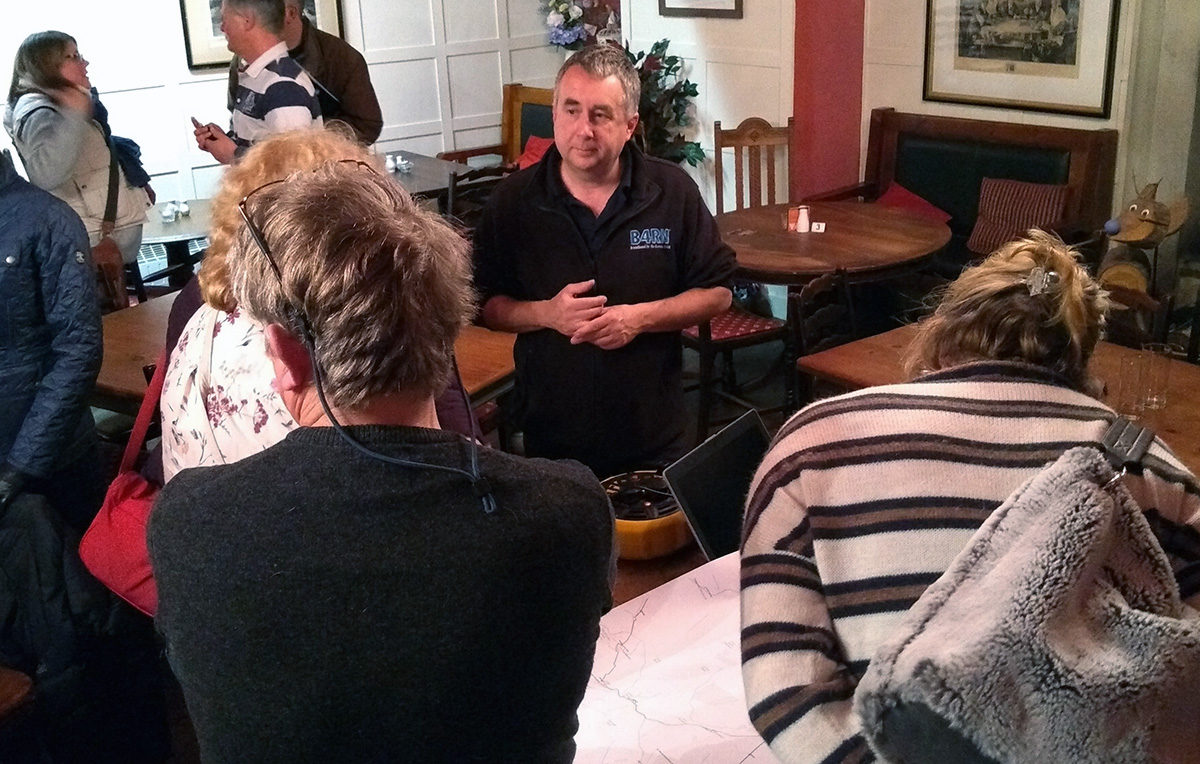Meeting report:
We had another room full of people at the Plough, and a wide range of questions asked of Roger Vincent and David Ryall, B4RN’s Community Liaison & Planning Coordinator. Any further questions you may have can be passed on to David and the B4RN staff, so by all means send them in to us.
The things we need people in the area to do now or as soon as possible are Register, Invest & Volunteer.
Register
If you (or your neighbours) haven’t yet indicated your interest in getting better broadband for your home or business in Rathmell / Wigglesworth, you can still register via this website. Registering helps make sure you’re on our lists and – more importantly – the local network route maps.
We should soon have a couple of banners up in Rathmell and Wigglesworth to try and make sure that everyone is aware of the project.
Invest
Investment in our project is open and as of Monday 5th March we already have a total of £15,500 invested in shares. We will periodically get an updated number from B4RN and we will update the total on our website which you can see here http://rwbb.org.uk/b4rn-investment-progress/.
We need to keep pushing towards our initial target of £50,000 in order to be able to start digging so I would encourage everyone that is able to, and particularly those who are included in Phase 1, to make their investment in B4RN as soon as they can.
If you want to invest through shares the ‘Application for Shares’ form which you need to fill in can be downloaded from here https://b4rn.org.uk/wp-content/uploads/2017/09/Share-application-form-B4RN-V5.1-21.9.17.pdf. If you don’t have the facility to print off a copy, and don’t have a handy neighbour who could print you one, please let us know and we will get a copy to you.
You can also invest via making a loan to B4RN which can be more beneficial compared to shares for non tax payers. The availability and terms of the loans can vary over time but typical terms are a 5 year loan paying 4% compound annual interest with the capital and interest being repaid at the end of the term. Let Roger Vincent know if you want to know more about loans and I will give you details of how to proceed.
We will need to raise a total of at least around £85,000 for Phase 1 to be completed as this would be the minimum amount needed if all digging is done as ‘work for shares’ by landowners/farmers. We are hopeful based on indications from the Phase 1 farmers / landowners that practically the whole route can be done as work for shares, but there is no obligation on farmers / landowners to do this. n.b. a farmer / landowner can do ‘work for shares’ on someone else land (obviously with the permission of the owner/tenant of the land). Another important point from Dave Ryall was that the shares gained through ‘work for shares’ are eligible to claim the 30% EIS tax rebate on, and furthermore will also qualify the shareholder a waiver of the £150 connection fee if they earn 1500 shares.
For both Shares and Loans investments please make sure you fill in the Allocation Preference on the forms for the ‘Rathmell and Wigglesworth’ project to ringfence the investment to our project.
As discussed at the meeting we are aiming to commence our dig around the end of April / early May, the exact start date will depend on when we can raise the £50,000 to start digging, and just as important the state of the weather / fields. It is possible for the dig to progress quickly and for the work to be done in weeks, but a more realistic timescale is probably in months. We would be aiming to get Phase 1 done and be working on one or more of the next routes to be done by the end of this year.
Volunteer
Not everyone needs to do this but every bit of help we can get will help keep the project moving along.
Ways in which you can help include:
- Helping with main route digs – wrangling ducting ready for mole ploughing, helping prepare holes under field walls, helping install access chambers, backfilling
- Helping with garden digs – helping get 7mm duct from the garden wall to the house wall where the resident is not able to do so by themselves
- House installs – this involves drilling through the house wall and putting the last length of duct through the wall and fitting the interior and exterior wall fittings, training may be required (n.b. the termination of the actual fibres will be carried out by B4RN engineers)
- Local coordinator – liaising with a cluster of neighbours, seeing who needs help with a garden dig and arranging a common date when B4RN can come to get fibre blown to all the cluster and prepare the connections in the properties in one go.
- Food & Drink – a digger will feel much better after a snack and a cup of something warm
